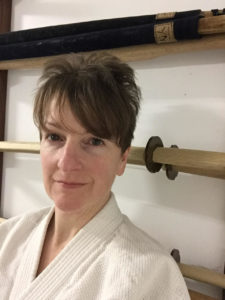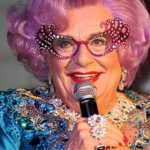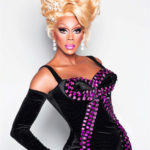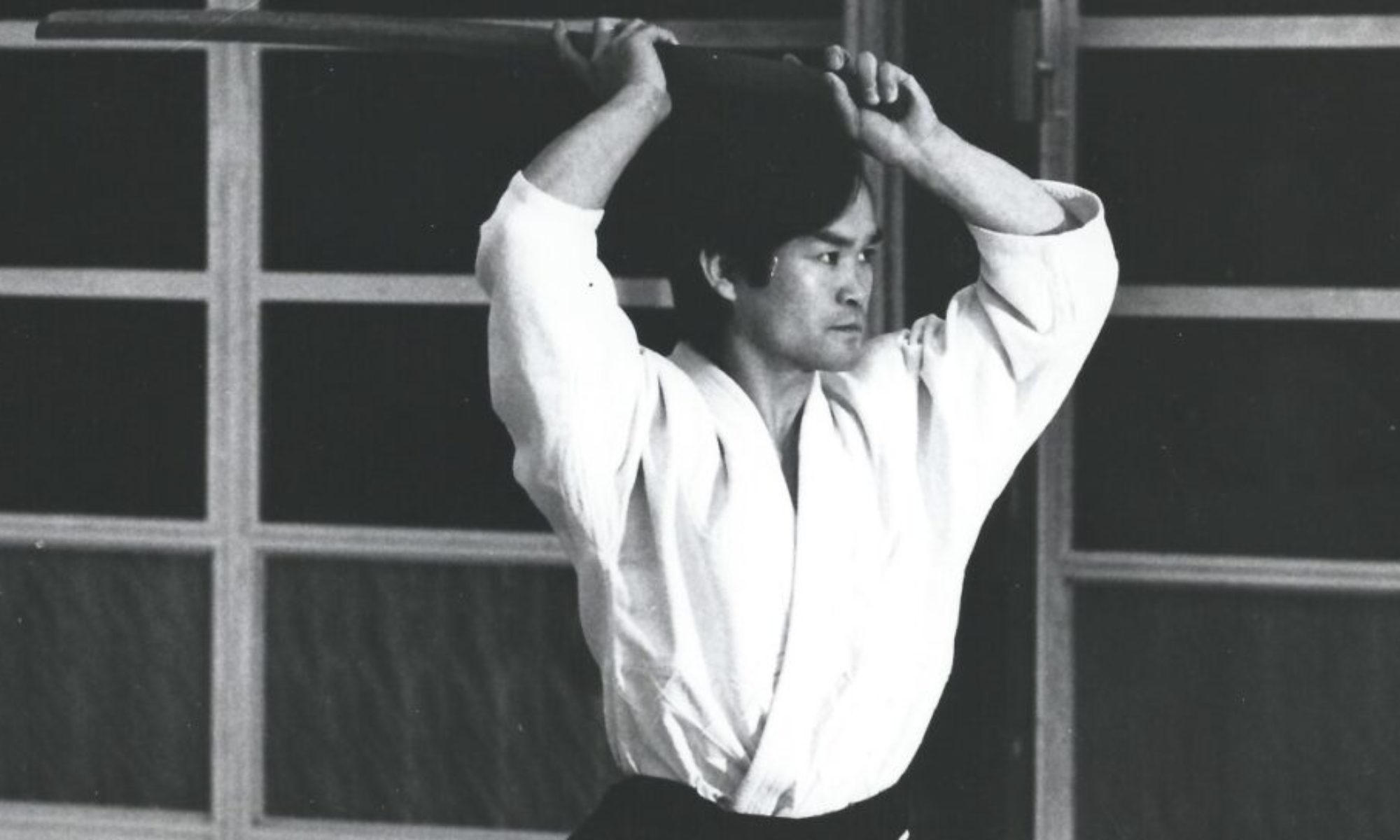by Norine Longmire, Aikido Takayama
Recently my mother died relatively suddenly. The shock, anger, and sadness that accompanied the news and then the eventual acceptance of the reality of her death was overwhelming. Yet everything seemed to come into focus. Things that I thought mattered, I no longer tolerated; people who I thought would be in my life forever, are gone. When my mom was dying, all things including Aikido were dropped as if they were never a part of my life, nor mattered in the end. The act of swinging a wooden sword seemed pointless when the life of a mother so dear – I felt she was like my right arm – was draining painfully away.

Shutting one’s self away is one way to cope with death. It is what I did. I did not want to see anyone. Hearing the language people use around death was offensive to me. “I’m sorry for your loss.” (I did not lose my mother – she died!) “She’s in a better place.” (How do you know she is in a better place?) When I could not touch her, hug her, speak to her, or hear her voice I could not be around people saying these platitudes. Having others assert their own beliefs and faith on my experience caused even more suffering.
The sadness that remains after the death of a loved one can be like a pit that continues to get deeper and broader. Every day is a struggle to get out of bed, to face a world where we continue to kill each other for religion, for money, for politics. Why live in a world such as this? Depression can consume someone “left behind” after a loved one has died. It can take you to the brink. It is the darkest room, one where some never find the door.
In my isolation I actively sought out ways to step out of that dark room, however briefly. I discovered RuPaul’s DRAG Race on Netflix. Its humor and spice helped me to escape from my sadness and depression, and I found myself binge watching. It is a reality show about people with talents such as designing, singing, and stand up comedy, who compete against one another for a prize. Men from the DRAG community all over the world showcase their ability to transform themselves into their interpretation of a woman (which is evolving all the time). One challenge for the participants is to dress straight men who are not DRAG queens as DRAG queens. At the end of the week, the cumulation of their challenges is judged by RuPaul. RuPaul Charles became known to the world in 1996 when he was the first man to be the face of a major cosmetics advertising campaign. He/she (she does not have a preference to what pronoun you use), was and is a risk taker and in a form, an educator.
The show offers an window of understanding to the DRAG community. The word DRAG originally was an acronym for “Dress Resembling A Girl”. DRAG has been around for centuries. In the 16th century male actors dressed as

female characters, as women and girls were not allowed to act (think Shakespeare). In ancient times, in Greece, and in other cultures, many expressions and combinations of the male and female aspect were accepted and honored.
RuPaul’s DRAG race has done much to educate the public about the LGBTQIA community. She has been pivotal on being inclusive and representative of her own community and reaching out to build bridges to all communities. She challenges us to see things we might want to turn away from, to hear voices of those we may not like to hear. She has inspired communities throughout the world to host their own local and regional DRAG shows. They use this format to raise awareness, raise money to support charities, and showcase talent in many forms. It is not considered offensive, or mocking, to the LBGTQIA community (that I know) for non-DRAG people to dress up and have fun participating in DRAG shows. RuPaul has said, “…the key to perfectly executed DRAG is a sense of humor.” I think it would be a fun someday to have a Summer Camp fund raiser using a “DRAG race” format.
In the midst of my time of isolation and loss, I had hip replacement surgery, adding an element of physical and emotional recovery that served to elevate my grief. An energetic shift happens to the subtle layers of consciousness and the auric field when we encounter any trauma, whether physical or emotional. Healing does not happen on the physical and mental planes alone, but occurs in the varied levels of our subconscious. Through my experience of loss, grief, withdrawal, and with a little help from RuPaul, it has all combined into a new appreciation of the engagement of the centre (tanden). I’ve come to realize through my hip recovery that not only movements of power or strength come from the centre, but ALL movement comes from the centre. When our movement is not integrated we are not coming from a place of “wholeness”. I recall Chiba Sensei’s pillars of movement: first comes centredness (the hips), which enables the upper and lower body to connect, and thus the body is whole.
I’ve returned to training, picked up my bokken and felt the value of swinging it again. My grief for my mother continues. I still visit that dark room, but I know where the door is. Training has become more of a conscious act. The clarity that death brings of what is really important has serviced my training. The experience of the death of my mom cleared the table and nothing else mattered. I can see more clearly the emotional baggage I bring with me onto the mat. I don’t believe we can truly shed all of who we are or what brought us to this point, instead we must embrace it. I see that I have fear when I step on the mat. I realize and admit that I have been afraid, tentative, insincere at times, in my former training. There is a fear of injury. I’ve been hit (with a weapon) and hurt (nage not perceiving my flexibility limitations) before on the mat and though I was not hurt badly, every fiber of me wanted to collapse in tears and never return. There is also a fear of “not wanting to disappoint”. Acknowledging that I am fallible, faulty, and have fear helps me to see it. Seeing it helps me to overcome it. I see myself more clearly and when I am at my best, I lean into that fear.
“I must not fear. Fear is the mind-killer. Fear is the little-death that brings total obliteration. I will face my fear. I will permit it to pass over me and through me. And when it has gone past I will turn the inner eye to see its path. Where the fear has gone there will be nothing. Only I will remain.” Frank Herbert, Dune (Bennet-gesserit litany against fear).

Coming back to training I often reflect on what I learned from my time of withdrawal into the world of RuPaul’s DRAG Race. RuPaul told Oprah Winfrey in a recent interview, “DRAG does not hide who you are, it actually reveals who you are… You are born naked and the rest is DRAG… all things are temporary: it’s just cloths, paint, powder…” In my mind I extrapolate, “Aikido does not hide who you are, it actually reveals who you are.”
When we step on the mat, we are asked to shed all that is ourselves and embrace the teaching. Backing onto the mat, with our shoes facing outward, we leave there our personal lives and all the thoughts, emotions and complications that go with them. When we step on the mat, all dressed alike, I believe definitions and boundaries are stripped away. I practice with a partner – not a male partner nor a female partner, not a gay nor straight partner. They may be rich or poor, from here, from there – I practice with a partner. On the mat we let society’s narrow and confining definitions of who were are, or are “supposed to be,” drop away. Possibly then our essence is revealed. We cannot hide who we truly are, no matter what masks we wear or clothing we adopt. Even in do-gi and hakama my essence shows through in every technique. My uniform cannot hide my flaws, nor my abilities. I am revealed.
Maybe what I think in relationship to myself is equally true for my partner. Each one is their unique self, each differently diverse. Each person I bow to is a reflection of my ability to remain open and connected or to close myself off in judgment. I must challenge myself to lean into uncomfortable growth and radical acceptance. In my dojo, I welcome all members of society to join our training. I must see outside the box – or outside the doors of the dojo, or even the way that we’ve always done things. Am I reaching out to those within our community and hearing their voices? Am I taking risks to reach forward and outward?
When I back onto the mat, I want to simply BE, no expectations, no judgement. I want to let the joyfulness of practice come through. I want to embrace my whole self. I want to embrace the fear, the determination, the faults and the talents, and to accept myself and my partner in the moment. I want to embrace our community and create opportunities that might look different from our traditional path. I want to embrace that all growth comes from taking risks.
I want to be centred, connected, whole, lively, and open, on and off the mats.
